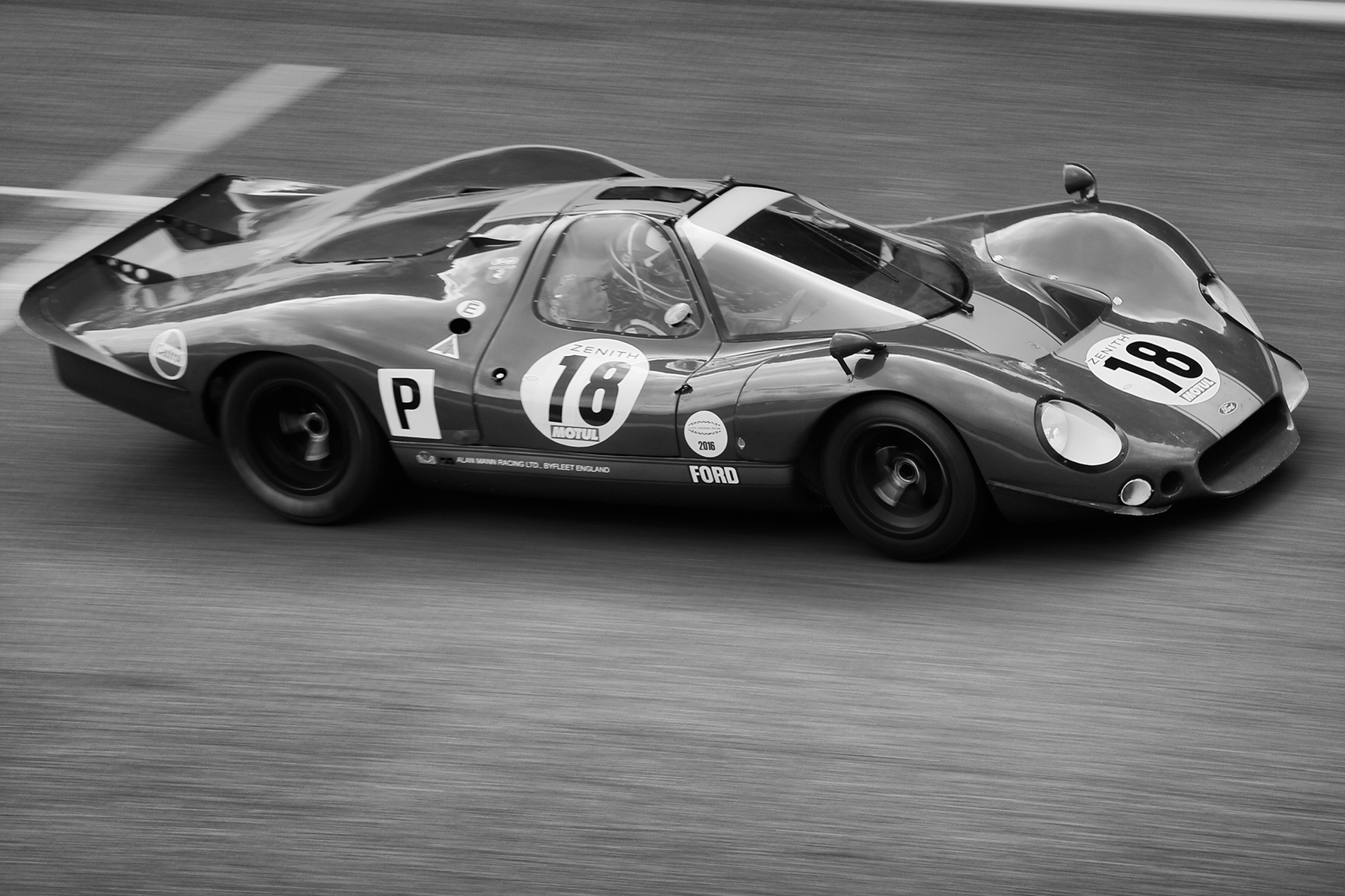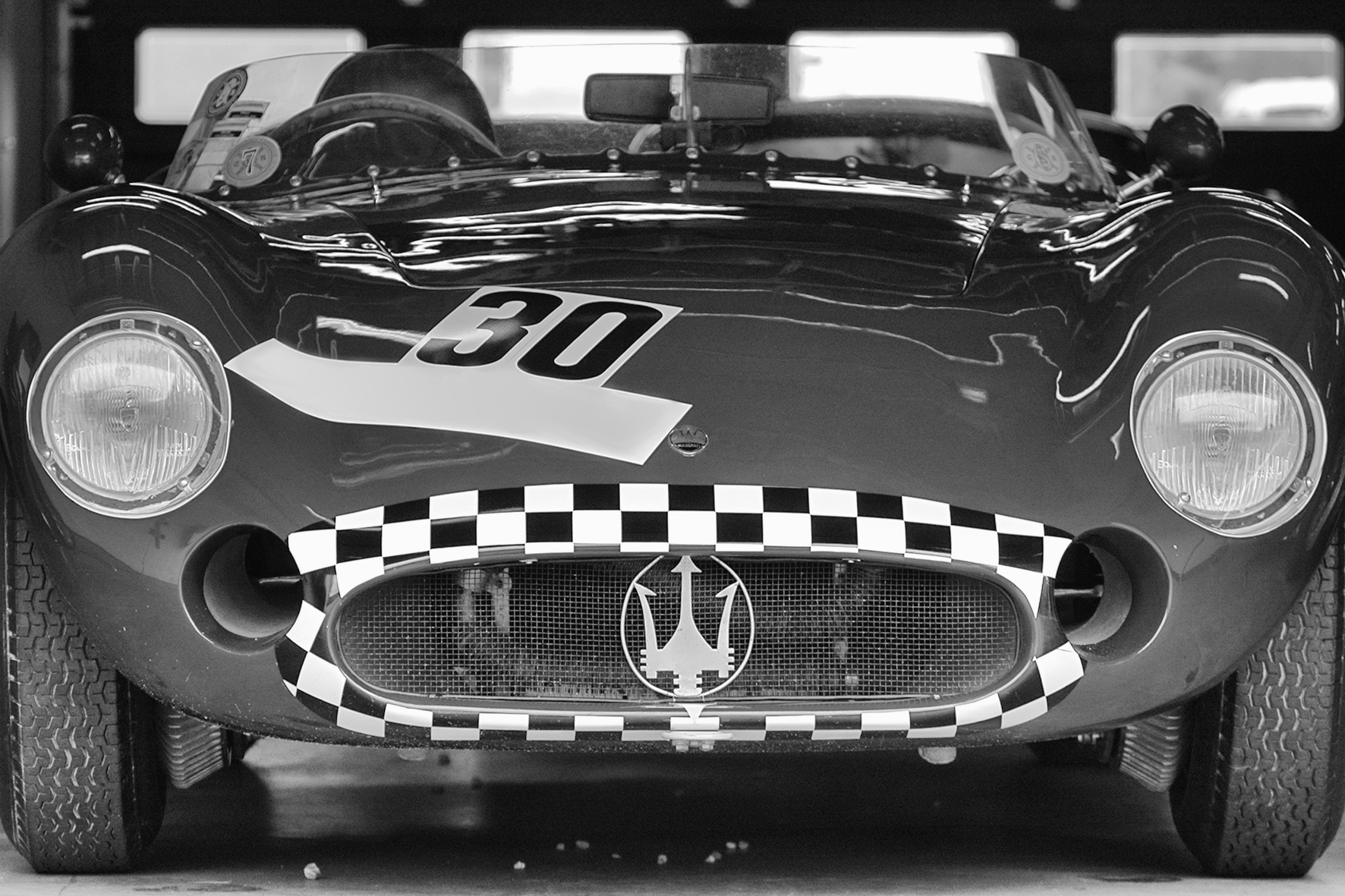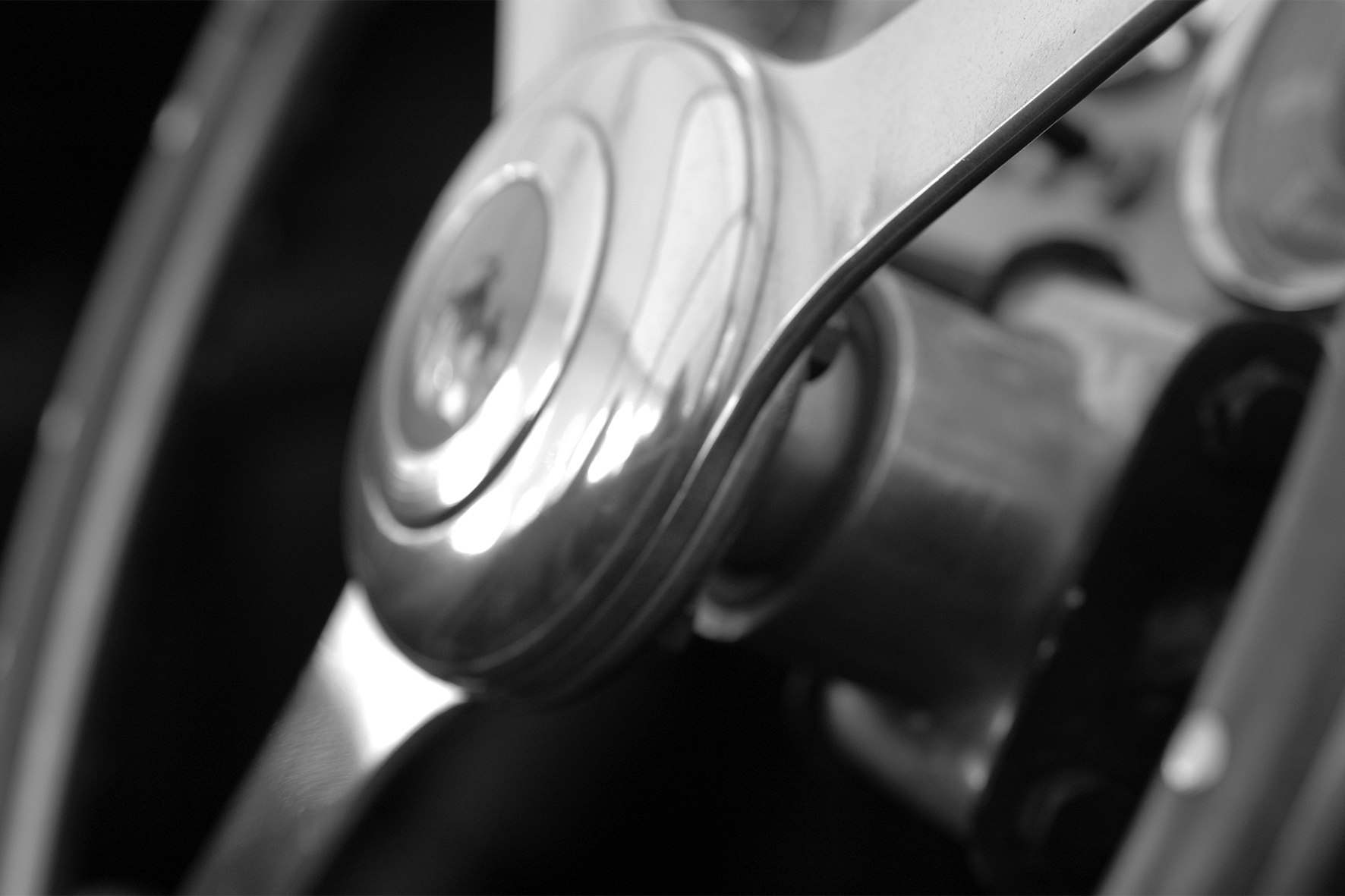In the early days of photography, it was common for the pictures that were taken to be in black and white, meaning that the coloured reality was depicted in greyscale. People quickly got used to this look. In fact, the colourfulness of life, or rather the uniqueness of the moments, was only transformed into different shades of light or dark grey. When I look at pictures in my family album from my childhood today, I still have the colours of the moment in my head, which I find quite astonishing.

With the advent of colour photography, this special look, this special kind of photography, disappeared. Everyone wanted colour pictures, thanks to Kodak, and the famous Kodachrome colourfulness found its way into all aspects of photography, from professional advertising photography to family photos. Of course, sports photography also benefited from the new colour.
Black and white photography was now more and more an artistic approach and for years led a truly shadowy existence. In my perception, this has changed again recently, since the commercialisation of digital photography and easy-to-use image editing software.

The conversion of colours into grey tones is a process that must be taken into account when the subject is photographed. Of course, today you can use Photoshop and the like to create a high-contrast black and white image from practically any subject, but the grey values are often manipulated in such a way that they appear unnatural.

It is therefore really important to consider the later conversion into a black and white image when selecting the motif and also the exposure.

For me, black and white photography has another very important aspect. It gives the images a timeless quality, which I find particularly beautiful and appropriate when photographing classic cars and historic motorsport. The images cannot be assigned to any particular era and the details such as wheel rims, door handles, steering wheels and the like have a purist effect and direct the viewer’s gaze to the essentials, namely the lines and structures.

This means that my black and white pictures are not so much an artistic statement, but rather a documentary one. For me, it is important to take certain moments or motifs out of their temporal context and reduce them purely to the essentials. Because black and white photographs are also reduction, the “disturbing” influences of the colours have been removed, the result is something pure and clean.

Of course, the aesthetic aspect should not be underestimated in this often so “brightly coloured” reality with its exuberant flood of images. For me personally, the occasional return to black and white photography means the opportunity to create aesthetic stimuli as well as documentary and therefore timeless images, which absolutely fulfils its purpose, especially in image series such as the Ferrari steering wheel series.

Sometimes it is good to go “back to the roots” and depict the world in shades of grey again. Find out more about our photographer Ralph Lüker.























 6
6










